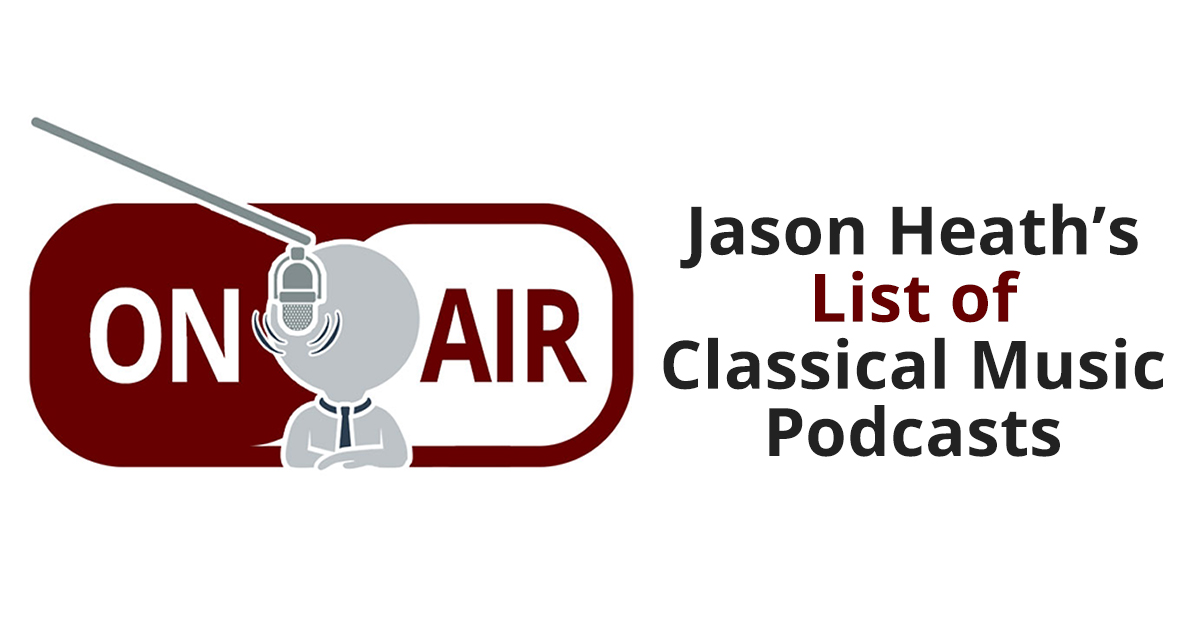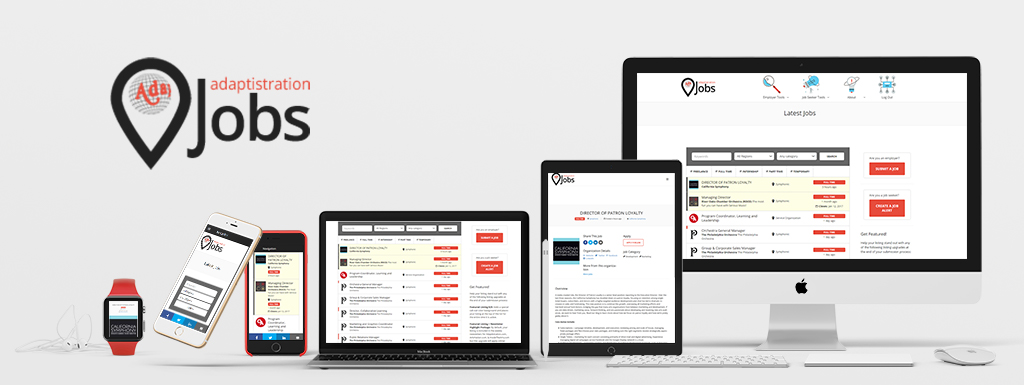Yesterday I took a stab at describing the traditional concept of the “model” orchestra and today I ask whether this model still has validity in 2010; in doing so, I am going to make some sweeping generalizations. Please remember that, to a large extent, all orchestras are local—your orchestra is affected by and responds to the unique challenges and opportunities created by what is going on in your community. Also keep in mind that the orchestras I gave gotten to know well tend to be neither huge nor tiny; it may well be that trends are different on either extreme.
Part 1: Audiences
To my mind the most obvious area where all orchestras need to rethink the model is how audiences participate. A review of statistics compiled by the League of American Orchestras shows that very few orchestras are selling as much as 50% of capacity for their Classical season on fixed subscriptions; the average for orchestras with budgets greater than $2.4 million appears to be around 40%.
We have come a long way from the days when our concerts were largely filled with full season subscribers:
- Many orchestras have seen a significant reduction in both the total number of traditional fixed subscriptions being sold and the average number of concerts being purchased per subscription. Tickets being sold through flexible subscription packages have made up only a small percentage of this decline.
- Conversely, single tickets buyers are making up a larger percentage of ticket revenues and tickets purchased. Single ticket buyers are also often waiting much later to make their purchase decisions.
- While most orchestras still generate more in both revenues and unit sales to subscribers, it seems likely that for many orchestras the significant majority of ticket buying households are now buying single tickets.
- In many communities all of the above trends are if anything even more pronounced for pops than they are in classical.
- On average audiences are less knowledgeable about repertoire and artists.
- In a fracturing media market where daily newspapers have much lower circulation numbers and classical radio stations have often disappeared, it is much harder to reach efficiently the people who are most likely to buy tickets.
I suspect that many orchestras have moved from a situation in which a relatively small number of people came to concerts, but most of them came all the time, to a situation in which many more people come, but they come much less often. I know that this flies in the face of the findings of the NEA’s 2008 Survey of Public Participation in the Arts and I am not entirely sure how to reconcile this. But I have to assume that the NEA study is tracking something quite different from people lining up at the box office to buy tickets for their local orchestra, since the study says that the percentage the US adult population attending a classical music event has decreased to 9.3%, and I suspect that orchestras across the country would in fact be thrilled to get 9.3% of the adults in their MSA to buy a ticket to at least one concert a year. Regardless, the recent focus on “Churn” suggests that we’ve suddenly realized that, on any given night, a whole bunch of people are at a concert for the first time, and that barring intervention many of them will never be back. How can this be true if there are not more unique individuals coming to concerts?
I would also note that, whatever is happening with long term trends in audiences and ticket revenues, the current economic climate has likely impacted other sources of earned income such as performance fees, program ad sales, and interest income.
Part 2: Fundraising
It appears to me to be harder to generalize about changes in how orchestras raise money. In some communities all of the elements which drove the fundraising engine of 30 years ago are still in place and fully functional. In other communities long term changes raise serious questions about the orchestra’s ability to generate contributed support. It may well be true that, to the extent that there ever was a unified curriculum for orchestra fundraising 101, this is no longer the case.
Clearly every community is impacted by economic cycle issues: when portfolio values, corporate profits, and tax revenues all plunge grants and donations will be affected. Orchestras which are lucky enough to be able to count on endowment income for a significant portion of their operating budget have also had to rethink the expectation that these funds smooth out the impact of the economic cycle. You might argue that the opposite holds true as well; a booming stock market and economy can hide structural deficits and encourage orchestras to grow their budgets and take on risks beyond what can be sustained in perpetuity.
In addition to cyclical issues, some communities are also experiencing long term changes that inevitably will affect the community’s support for its orchestra. Corporate headquarters may have disappeared, and the leaders of those corporations that remain may have a much lower level of community commitment. These changes impact not just corporate giving, but also board member recruitment, and employment of people who demographically look likely to buy tickets and become donors.
Community demand for non-profit board members who have influence, resources, and a willingness to use both may have increased dramatically at the same time as the supply of such people has diminished. The flight of second and third generations of families which have historically been the community’s philanthropic leaders, and changes in how elected officials and foundation leaders value the importance of a thriving arts community relative to the many other community needs clamoring for their attention and support.
Part 3: Organizational structure and governance
I don’t know that anyone still describes the leadership of an orchestra as a “three legged stool.” I find this metaphor to be anachronistic for several reasons: it ignores the musicians who increasingly have a voice in setting institutional direction; it assumes a level of continuity in these three positions which may now be more the exception than the rule, it describes a static, top-down organization which may not be sufficiently nimble to thrive in a constantly changing environment.
I also think that there are convincing arguments that in today’s world there is no single right way to define the role of the board. Lowell Noteboom’s 2003 paper “Good Governance for Challenging Times” provides a helpful framework within which to ask whether the role of an orchestra board should go beyond setting policy, hiring management, and raising money.
As budgets have grown marketing and development staffs have grown even faster, which makes sense if you think about the diminishing marginal return of investment of time and resources in these areas. Staffs also tend to grow when strategic plans called for organizational growth (and how many strategic plans have you seen that didn’t call for organizational growth?). In some communities the board still sees fundraising as a key responsibility; in others it seems that the volunteers have stepped aside under the assumption that professional staff can be more effective. Recruiting and retaining highly competent staff beyond the CEO position is more critical today for orchestras of all sizes.
So there are a few thoughts on whether the traditional model of how an orchestra works still applies today. I’d certainly welcome reader feedback about anything you think I have wrong, or am missing entirely. I’ll be back tomorrow to share a few thoughts on whether changes in the model should be evolutionary or revolutionary.



Very penetrating. I think you’re right on the mark, adding only that the multiplication of positions in marketing and PR, over the last few decades, has probably done little to justify itself. I’ve seen this too often: organizations that had, say, two full-time PR/marketing jobs in the early ’80s, now have six or eight or ten–to serve essentially the same number of patrons.
Development, rather less so, because contributed income now is a larger percentage of the budget than 30 years ago, when a 50/50 split of earned and contributed income was the template. Ah, halcyon days…
Also, I’m not sure that audiences nowadays are today less knowledgeable about A & R.
Thank you for your comment, Galen.
I know that there are really smart orchestra marketing people out there who feel that orchestra marketing departments could easily slim down and still do all of the “orchestra marketing 101” stuff quite well. I tend to think that may have been true in the past, but that given changes in the media markets we may be reaching a point where, once the “orchestra marketing 101” stuff is paid for, incremental staff resources becomes more productive than incremental media budget. Having said that, over the past 18 months my orchestra’s marketing department has gone through two waves of downsizing.
I’d be curious to hear what others think about the audience knowledge issue. I see a big difference, but that may in part reflect the fact that when I first started going to orchestras 30 years ago or so I was going to orchestras in much bigger and perhaps more sophisticated markets.
Excellent article — I look forward to part 3. One thing you don’t mention that has a surprisingly large effect on subscription rates is the size of the performance venue.
I played timpani for many years in the Charlottesville & University Symphony Orchestra, and held positions from time to time in the orchestra’s administration. Their concert hall seats slightly fewer than 1000 people, and during my tenure subscriptions consistently exceeded 90% of the seating capacity. The exception was two seasons spent in a larger auditorium while the usual hall underwent renovations; the subscription rate dropped significantly during this time. Why? More seats in the auditorium = more tickets (and better ones) available on the day of the concert = less reason to subscribe.
This situation also undermines the psychology of the participants. If your concert is standing room only, it’s a hot ticket and everyone feels hip and excited to be there. Put the same number of people in a space twice as large, and suddenly the vibe becomes, “Where is everyone? Is this going to be any good? What am I doing here?”
Not so easy to up and change venues, of course. But I suspect many orchestras are performing in spaces that are unhelpfully large, and that this fundamentally changes some of the equations that make “The Model” successful.
Good comments about venue size. I will add another: Large halls tend to diminish the acoustical impact of performances.
In a modest-sized hall like the Musikvereinssaal (which would seat less than 1300 patrons at today’s standards of safety and comfort)a full orchestra can approach rock-concert impact.
A few years ago a colleague of mine attended a Vienna Phil performance of Strauss’ Alpine Symphony in this room. At the end of the performance he observed a small group of concertgoers holding on to each other, shaking and weeping.
Some might say “Too much of a good thing”. Probably more would say “Nothing succeeds like excess!”
Drew, good thoughts. It would be fascinating to take some of the collected insights of key people (including, as you note, musicians) with statistical data and some of the modeling we’ve done (e.g., TAFTO 2007) to explore the potential effects of various policy decisions.
Curt, I apologize. I was forwarded here from a link that mentioned Drew, I saw his banner, and I didn’t even read the byline. Feel free to ignore my ideas, to post this as a follow-up, or to modify my last posting to start with “Curt, …” and to change the later sentence to say “… the modeling Drew and I did …”.
No matter who wrote this, I like the thinking.